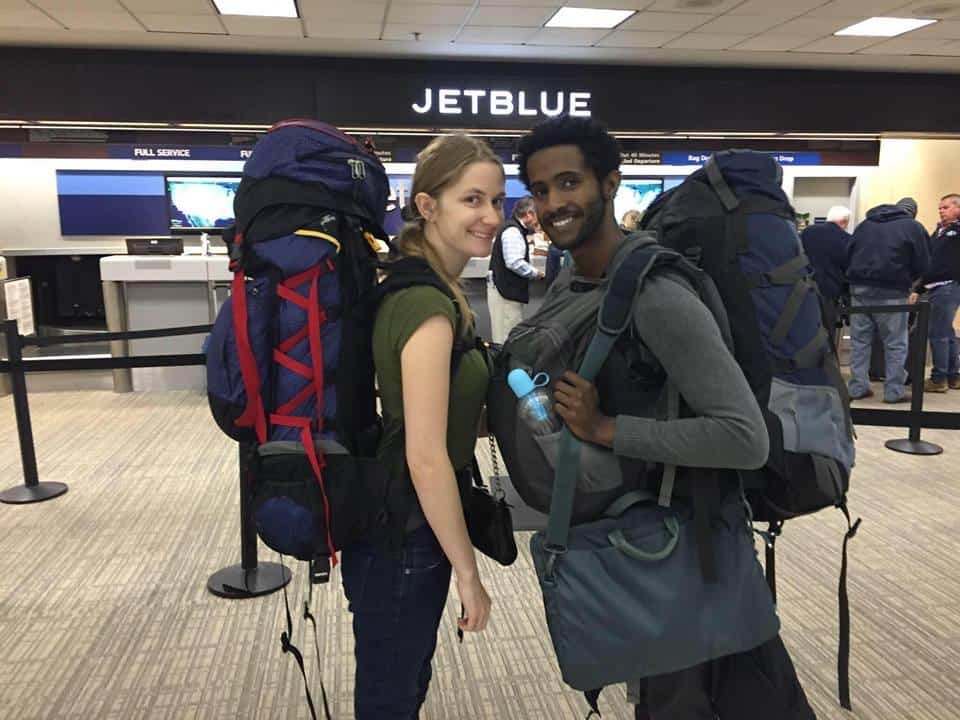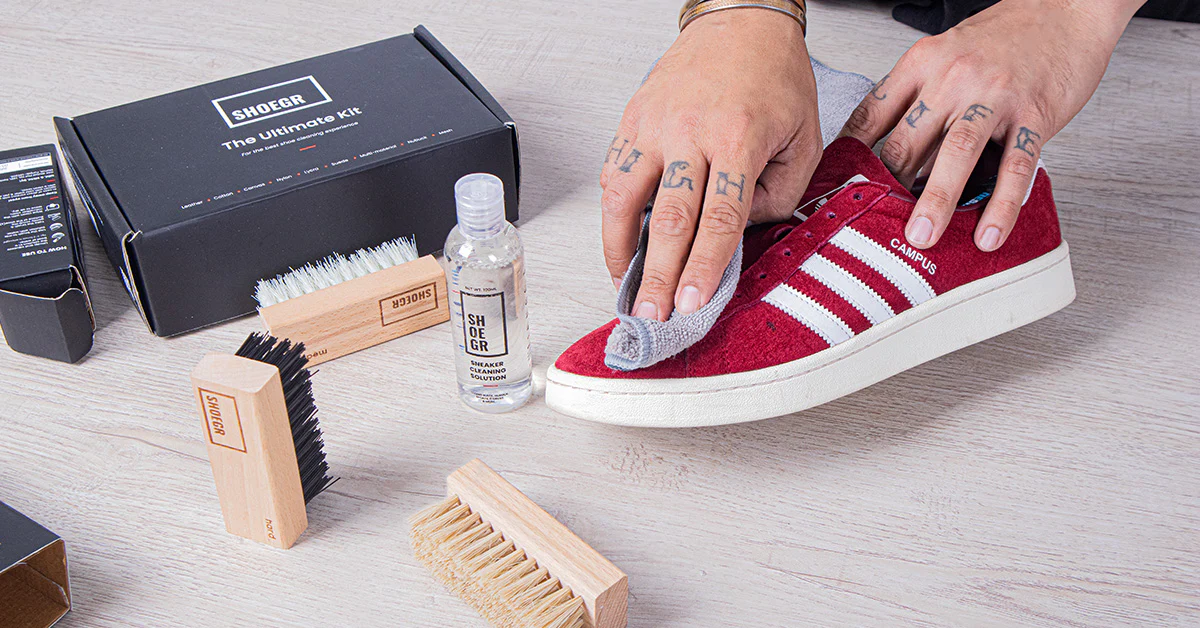Planning a journey across Europe feels exhilarating. From the cobblestone alleys of Rome to the snowy Alps in Switzerland, each destination carries its own charm. Yet one challenge almost every traveler faces is knowing exactly what to bring. Overpacking makes hauling luggage stressful while underpacking leaves you scrambling for essentials abroad. This guide breaks down what to pack for a Europe trip so you’ll feel prepared, comfortable, and stylish—without weighing yourself down.
Why Smart Packing Matters for a Europe Trip
Packing well isn’t just about convenience—it can transform your travel experience. Imagine dragging a giant suitcase through Paris metro stations, only to discover it doesn’t fit into the train’s overhead storage. Or worse, arriving in Barcelona with no adapter to charge your phone. These small details create big headaches.
Europe has unique travel challenges:
- Multiple climates in one trip – You might sunbathe in Spain and then ski in Austria within weeks.
- Budget airline rules – Carriers like Ryanair and EasyJet impose strict baggage allowances.
- Historic cities – Narrow sidewalks, old hotels without elevators, and cobblestones aren’t suitcase friendly.
- Cultural expectations – Cathedrals in Italy may require modest clothing while nightlife in Berlin welcomes trendier attire.
By packing strategically, you’ll save money, avoid stress, and move more freely between destinations.
Europe Travel Packing Checklist
A clear checklist keeps you from forgetting the little things that matter most. Below you’ll find essentials divided into categories.
Essential Travel Documents & Money
Travel begins with the right paperwork and financial tools.
- Passport and necessary visas.
- Travel insurance documents.
- Printed and digital copies of boarding passes and hotel confirmations.
- Debit/credit cards that work internationally.
- Local currency (euros or pounds depending on destination).
- A secure travel wallet or hidden money belt for peace of mind.
Pro tip: Keep digital copies of your documents in cloud storage and on your phone. That way, even if something gets lost, you’ll have easy access.
Clothing Essentials for a Europe Trip
The golden rule: pack light, layer smart. European weather shifts quickly, and versatility matters more than variety.
- Layering system: Start with a breathable base, add a sweater or cardigan, and finish with a light jacket.
- Shoes: One pair of comfortable walking shoes, one dressy option, and seasonal extras like sandals or boots.
- Accessories: Scarves and hats double as style enhancers and weather protection.
- Neutral colors: Choose shades that mix easily into multiple outfits.
Case Study: A traveler visiting France and Germany in October packed just 10 items of clothing—three tops, two bottoms, a sweater, one jacket, and two shoes—yet created over 15 outfit combinations. Smart layering saved space without sacrificing style.
Toiletries & Health Items
You’ll find most toiletries in European pharmacies, but some essentials deserve space in your bag:
- TSA-approved travel bottles for shampoo and conditioner.
- Toothbrush, toothpaste, deodorant, and skincare basics.
- Prescription medications with documentation.
- Hand sanitizer and wet wipes.
- A small first-aid kit (bandages, pain relievers, antiseptic cream).
- Sunscreen and insect repellent in summer months.
Tip: Many European hotels don’t provide washcloths, so bring a quick-dry travel towel.
Electronics & Travel Gear
Your gadgets keep you connected, guided, and entertained. Don’t leave without:
- Universal power adapter (Europe has varying plug types).
- Portable power bank.
- Smartphone with offline maps downloaded.
- Lightweight laptop or tablet for longer stays.
- Noise-canceling headphones for long train rides.
- Camera if photography is your passion.
Fun fact: Many seasoned travelers suggest carrying a reusable water bottle with a filter. Tap water in most of Europe is safe, and this trick saves both money and plastic waste.
Seasonal Packing Tips for Europe
Seasons dictate what belongs in your suitcase. A one-size-fits-all approach simply doesn’t work here.
Summer in Europe – What to Pack
- Light, breathable clothing like cotton or linen.
- Sunglasses, sun hat, and sunscreen.
- Comfortable sandals.
- A light jacket for cooler evenings near the coast.
- Reusable water bottle to beat the heat.
Example: Southern Spain in July averages 35°C (95°F), so shorts and airy tops are a must, but evenings in Portugal may feel chilly by the Atlantic.
Winter in Europe – What to Pack
- Thermal base layers.
- Waterproof jacket or insulated coat.
- Warm boots with good traction.
- Gloves, scarf, and hat.
- Sweaters that can double as evening wear.
Quick note: Northern Europe in December often drops below freezing, while Mediterranean regions remain mild. Pack accordingly.
Spring & Autumn Essentials
- Waterproof jacket and compact umbrella.
- Midweight layers like cardigans and hoodies.
- Jeans or trousers that transition easily from day to night.
- Closed shoes that handle both sun and rain.
These seasons are unpredictable, so versatile clothing makes a big difference.
Packing Tips for Different Types of Travelers
No two travelers pack the same way. Tailor your list to your travel style.
Families Traveling to Europe
- Snacks and games for children.
- Lightweight stroller or baby carrier.
- Child-safe medications.
- Extra layers since kids get cold quickly.
Backpackers in Europe
- Compact backpack with hip support.
- Quick-dry clothing and laundry soap sheets.
- Hostel lock and microfiber towel.
- Minimal electronics to reduce weight.
Luxury Travelers in Europe
- Elegant attire for fine dining or theater shows.
- High-quality luggage with TSA locks.
- Travel-sized grooming kits.
- A separate carry-on for shopping finds.
Mistakes to Avoid When Packing for Europe Trip
Even experienced travelers stumble. Avoid these pitfalls:
- Overpacking: Lugging multiple heavy bags makes train travel miserable.
- Bulky coats in summer: Seasonal awareness matters.
- Forgetting adapters: Buying last minute at airports costs double.
- Ignoring cultural norms: Sleeveless tops may be frowned upon in certain religious sites.
- Not checking baggage rules: Some airlines charge over €50 for oversized luggage.
Sample Europe Packing List (Printable Checklist)
Here’s a simplified packing list you can adapt.
| Category | Essentials Included |
| Documents | Passport, visas, insurance, cards, reservations |
| Clothing | 5 shirts, 2 pants, 1 jacket, 1 dress/skirt, 2 pairs shoes |
| Accessories | Scarf, hat, sunglasses |
| Toiletries | Toothbrush, small shampoo, deodorant, sunscreen, medications |
| Electronics | Phone, charger, adapter, power bank |
| Extras | Guidebook, reusable shopping bag, travel pillow |
FAQ: What to Pack for Europe Trip
What should I not pack for Europe?
Skip heavy toiletries, multiple pairs of shoes, and oversized luggage. Most things are easy to buy locally.
How do I pack light for two weeks?
Plan outfits around a neutral palette, repeat items, and wash clothes mid-trip.
Do I need power converters for Europe?
Yes, most European outlets use 220V, so bring a universal adapter.
What about packing for spring or fall?
Focus on layers, waterproof gear, and shoes that can handle both rain and sun.
Final Thoughts on What to Pack for Europe Trip
Packing for Europe isn’t about cramming everything into your suitcase—it’s about choosing versatile, functional items that suit your destinations and style. Bring the essentials, plan for the season, and resist the temptation to overpack. By striking the right balance, you’ll feel lighter, freer, and better prepared to explore the wonders of Europe.
Travelers who pack smart don’t just save space; they save energy for the adventures that matter. So start with this guide, tailor it to your itinerary, and embark on your journey with confidence.













Leave a Reply